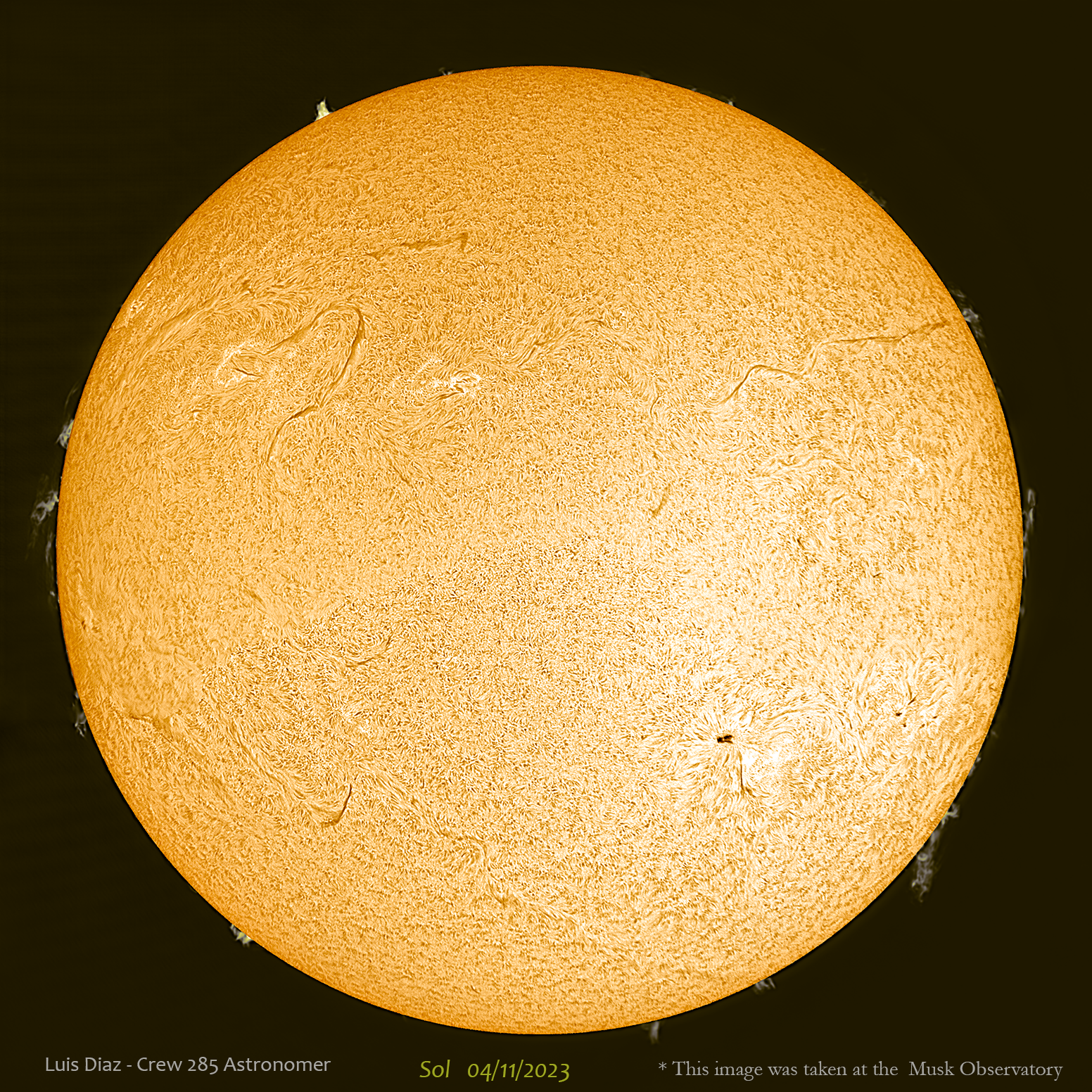Project 1: The sensor kit was successfully placed in the generator during an EVA. This allowed the engineer to evaluate their fine motor skills while wearing the full EVA suit. Since then, the sensors have been collecting data every night, which so far has been used mainly for debugging the data collection and analysis scripts.
Project 2: The script to recognize the drone image within the larger satellite image is currently in progress, and tests using real data have already started. The real data comes from two EVAs of the Candor Chasma. Having data from two EVAs provide different light conditions on the images to test the robustness of the algorithms. In the next few days the crew will collect more datasets from different areas in order to finish fine tuning the algorithm.
Project 3: A drone will be used for search and rescue, along with specific signs of communication (indications), tomorrow on an EVA in el Dorado Canyon
Project 4: The 3D mapping project using drones and the generation of digital pathways based on them is operating effectively and was successfully tested during EVA 3 and 4.
Project 5: nothing to report
Project 6: For the Mars construction materials project, We have been working with various soil samples collected from strategic locations in the area. Initially, rice-based starch was prepared within the ScienceDome and later combined with the three sieved soil samples to produce three concrete bricks with distinct properties. The three brick units were crafted through the amalgamation of 100 grams of soil and 6 grams of starch, followed by a 4-hour baking process to enhance their structural strength. Subsequently, strength tests will be conducted on the three Martian concrete pieces
Project 7: The Deep Space Observatory project is proving to be successful, capturing various objects daily and testing proposed processing methods to emulate different palettes that typically include the oxygen 3 band, which the observatory’s telescope doesn’t encompass. It aims to test processes that increase the signal-to-noise ratio. The solar observation project commenced today, experimenting with processing methods to extract the halo around solar flares from the chromosphere











You must be logged in to post a comment.